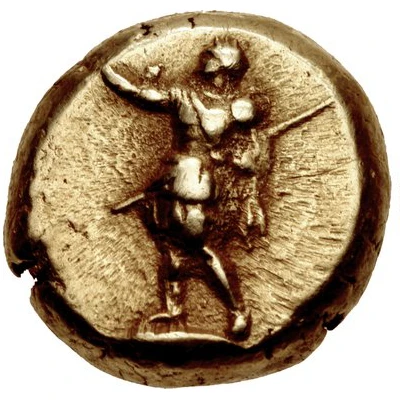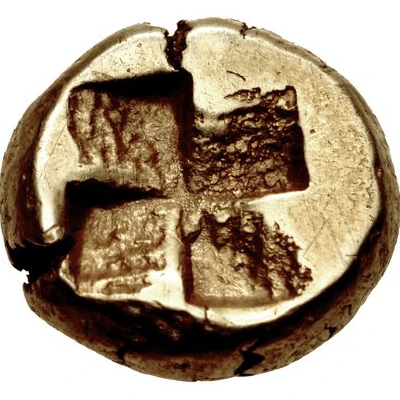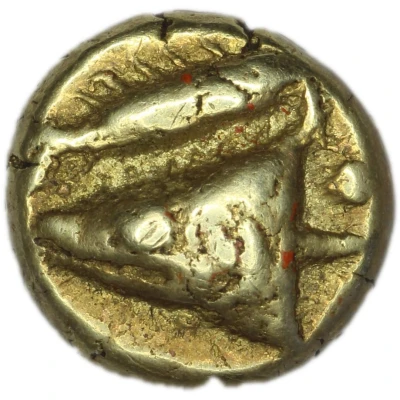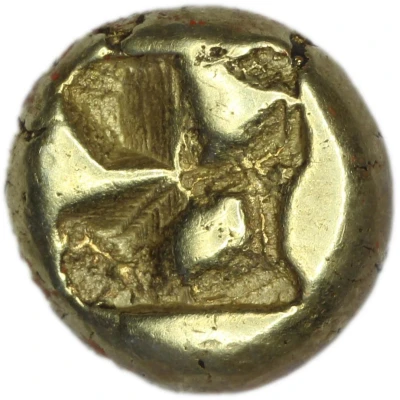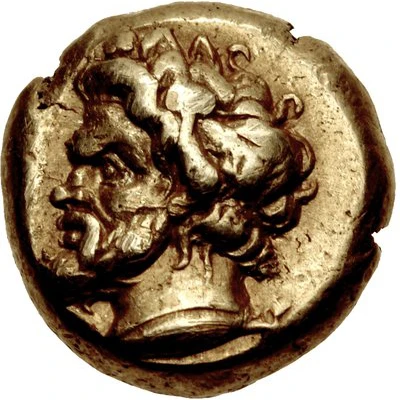
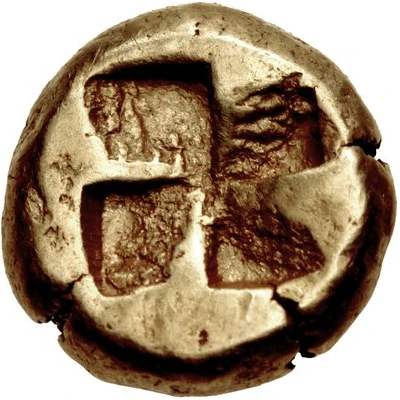

© Classical Numismatic Group, Inc.
Hekte
| Electrum | 2.65 g | 10.0 mm |
| Issuer | Kyzikos (Mysia) |
|---|---|
| Period | City administration (600 BC - 1 AD) |
| Type | Standard circulation coin |
| Value | Hekte (⅙) |
| Currency | Electrum Stater (600-330BC) |
| Composition | Electrum |
| Weight | 2.65 g |
| Diameter | 10.0 mm |
| Shape | Round (irregular) |
| Technique | Hammered, Incuse |
| Demonetized | Yes |
| Updated | 2024-10-10 |
| Numista | N#127601 |
|---|---|
| Rarity index | 100% |
Reverse
Quadripartite incuse square.
Comment
Cf. von Fritze I 191 (stater); Hurter & Liewald II 191 (stater & hemihekte); cf. Greenwell 40 (stater); cf. SNG BN 330 (stater); cf. Boston MFA 1564 (stater); Warren 1460 (stater); SNG von Aulock –.
Apparently an unpublished denomination for the type.
Interesting fact
One interesting fact about the Hekte coin from Kyzikos (Mysia) is that it features a unique blend of ancient Greek and Persian design elements. The obverse side of the coin depicts a bearded king, likely representing the Persian satrap (governor) who ruled over the region, while the reverse side features a Greek-style owl and the name of the city, Kyzikos, in Greek letters. This fusion of design styles reflects the cultural exchange and influence that occurred during the Achaemenid Empire's rule over the region.
